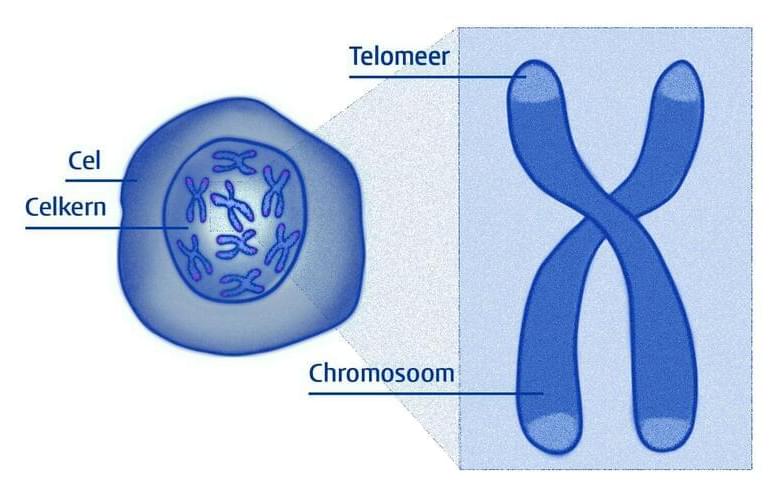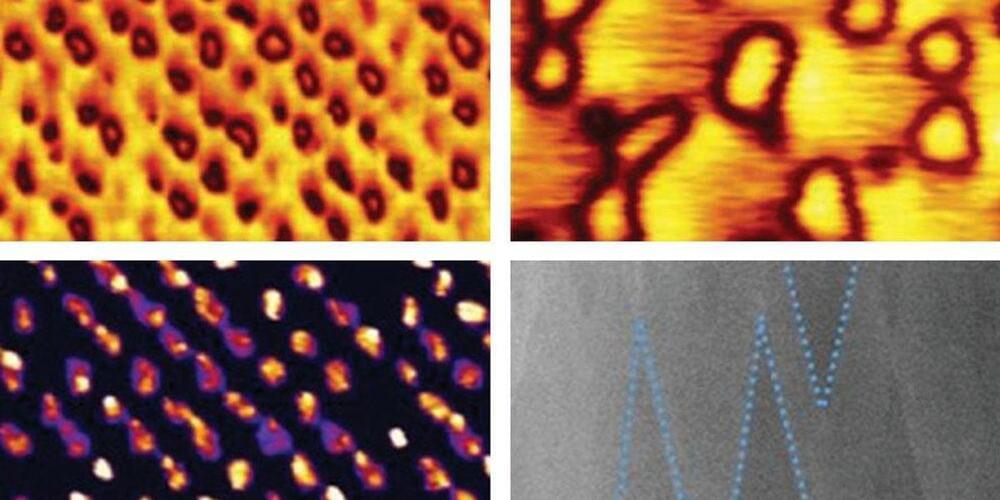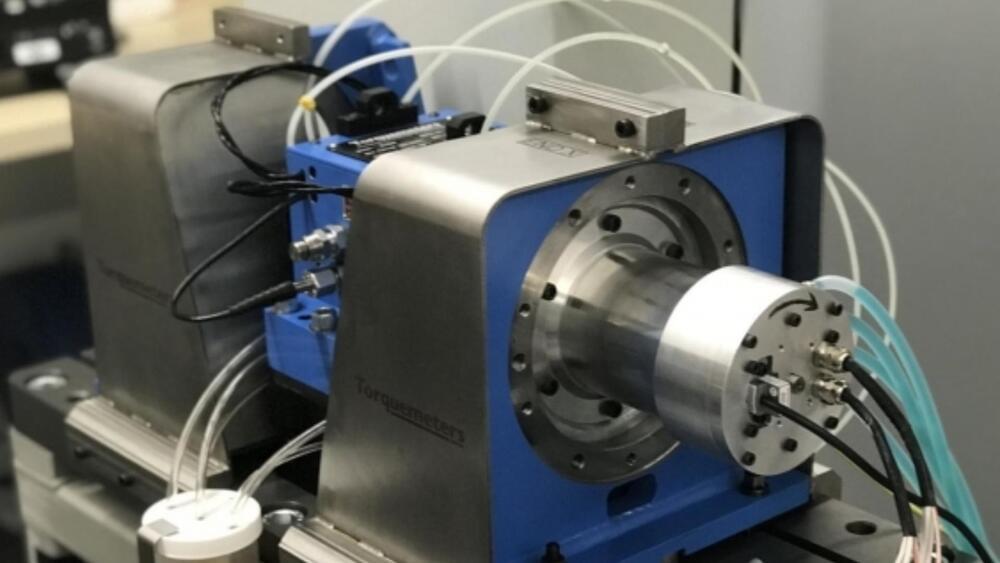With the aid of physics and a minuscule magnet, researchers have discovered a new structure of telomeric DNA. Telomeres are sometimes seen as the key to living longer. They protect genes from damage but get a bit shorter each time a cell divides. If they become too short, the cell dies. The new discovery will help us understand aging and disease.
Physics is not the first scientific discipline that springs to mind at the mention of DNA. But John van Noort from the Leiden Institute of Physics (LION) is one of the scientists who found the new DNA structure. A biophysicist, he uses methods from physics for biological experiments. This also caught the attention of biologists from Nanyan Technological University in Singapore. They asked him to help study the DNA structure of telomeres. They have published the results in Nature.







